NCERT Solutions for Class 7 Social Science SSt History Our Past – II, Geography – Our Environment and Civics – Social and Political Life – II in English and Hindi Medium free to use or download in PDF format for session 2024-25. All the ncert solutions 2024-25 are updated for the current academic session 2024-25. Download ncert solutions Apps for Class 7 free based on latest NCERT Books 2024-25. Join the Discussion Forum and share your views with the outer world.
NCERT Solutions for Class 7 Social Science
Class 7 History – Our Past – II Solutions in Hindi and English Medium
- Chapter 1: Tracing Changes through a Thousand Years
- Chapter 2: Kings and Kingdoms
- Chapter 3: Delhi: 12th to 15th Century
- Chapter 4: The Mughals (16th to 17th Century)
- Chapter 5: Tribes, Nomads and Settled Communities
- Chapter 6: Devotional Paths to the Divine
- Chapter 7: The Making of Regional Cultures
- Chapter 8: Eighteenth Century Political Formations
Class 7 Geography – Our Environment Solutions in Hindi and English Medium
Class 7 Civics – Social and Political Life–II Solutions in Hindi and English Medium
| Class: 7 | Social Science |
| Topics: | History, Geography, Political Science |
| Medium: | English and Hindi Medium |
| Contents: | NCERT Solutions |
| Academic Session: | 2024-25 |
How to get Sure Success in Class 7 Social Science
The past two years have been really tough for the world. The pandemic changed everything in our life style, peoples are staying into their homes without any warnings. This not just only affected the ordinary people but also the students. Pandemic seems to change and mutate causing instability in the education system too but we’re being part of the solution. Since, education is now shifting offline to online, in this article we will tell you some highly effective suggestions to achieve 100% score in your upcoming exams. You might not have the idea how to start your answers but know how the progression should be.
- Step 1: Start Early Self-learning and Prepared Well.
- Step 2: Hard Work is the only step to achieve the goal.
- Step 3: Divide the entire topic into Segments and learn easily.
- Step 4: Improve Writing Skills, Practice in Writing after learning.
- Step 5: Create your own answers and focus on Impressive Answering.
Step 1: Start Early Self-learning and Prepared Well.
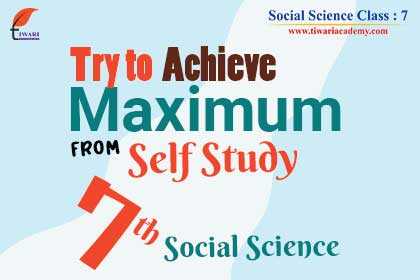
Step 2: Hard Work is the only step to achieve the goal.
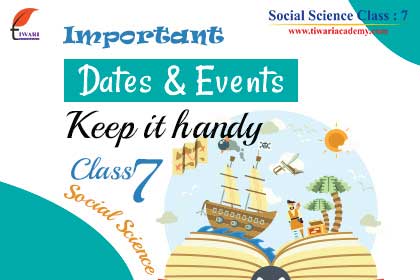
Step 3: Divide the entire topic into Segments and learn easily.
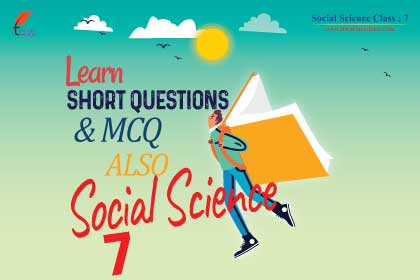
Step 4: Improve Writing Skills, Practice in Writing after learning.
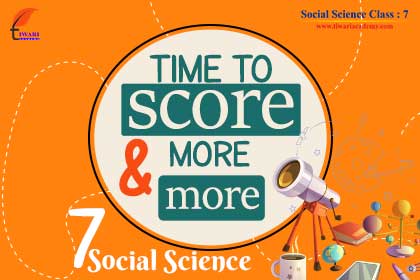
Step 5: Create your own answers and focus on Impressive Answering.
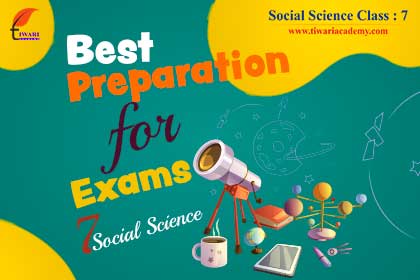
7th Social Science – History, Geography and Civics
Class 7 Social Science Solutions includes History – Our Past – II, Geography – Our Environment and Civics – Social and Political Life – II. Download Hindi and English Medium solutions in PDF file format free without any login or password. NCERT Solutions 2024-25 and Offline Online apps are updated for the new academic session 2024-25.
Feedback & Suggestions
NCERT Solutions for Class 7 Social Science in Hindi Medium will be uploaded very soon for the academic session 2024-25. All the solutions are done properly under the guidance of subject experts. For any error or improvement, please inform us.
| Class 7 All Subjects iOS App for iPad & iPhone |
Your feedback and suggestions are most valuable for us improving the design of website as well as the contents quality.


